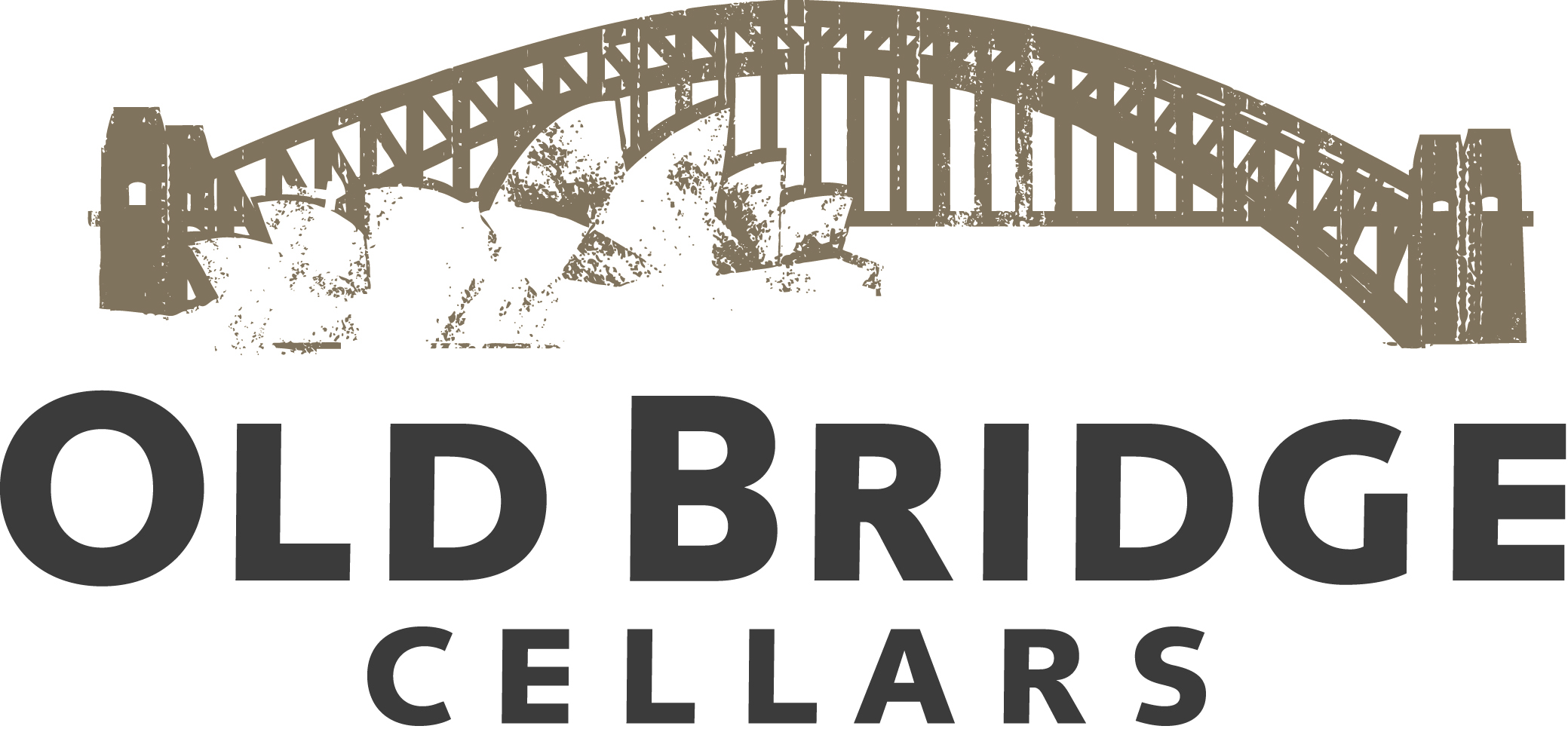A Tale of Two McLaren Vales
Wine Spectator Online
March 10, 2016
by MaryAnn Worobiec
I love the expression “like chalk and cheese,” but I’m not sure I’ve heard anyone use it as much as the Australians I’ve met while I’ve been here. It’s a colorful way of referencing two things that might appear to be similar, but beneath the surface are actually quite different.
It was on my mind after visiting Australia’s McLaren Vale. Sparky Marquis of Mollydooker and Chester Osborn of d’Arenberg work in the same neighborhood, practically across a dusty gravel road from one another. Both are talented winemakers whose wines I admire, but they’re like chalk and cheese.
Mollydooker is an impressive, well-oiled machine. The dozens of tidily uniformed workers energetically thrust out their left hand to shake mine when we met (“Mollydooker” is an Australian slang term for “left-handed person,” and the greeting appeared to be mandatory).
Typically one of the last operations to harvest each vintage, Mollydooker had barely started harvesting its 15,000 tons of grapes when I visited March 1. Marquis showed off spotless new stainless-steel tanks, which will help expand production this year. There’s a sense of intensity and calculation with everything Marquis does, from engineering a round-the-clock, fresh-baked bread program (he believes the smell will make visitors feel more welcome) to the extrawide sidewalks around the winery-designed to ensure that colleagues can walk side by side in conversation.
The wines are made in a ripe, easy-drinking style, with colorful, eye-catching labels. Marquis tells his customers to go ahead and drink the wines today: They’ll make more. “I think our success has been being comfortable in our own shoes,” he says.
Another winemaker comfortable in his own shoes-in his case, worn-down flip-flops-is d’Arenberg’s Osborn. Operating out of a winery built in 1927, the fourth-generation winemaker took the reins from his father in 1983, and not much has changed here since. The old winery was full of the heady smell of fermenting wine, the open-top fermentors showing off countless shades of purple. Chalk markings on the wall indicated the contents of each bin-it seemed like about half d’Arenberg’s grapes had been harvested.
We walked the crunchy, dusty grass between his old Shiraz vines and then tasted some of his current releases; Osborn used a stick as a makeshift pointer for a map of the area.
Over lunch at the terrific d’Arry’s Verandah restaurant, the wines kept coming. Osborn told me he makes 69 different wines. When I asked him why, he laughed with a start. “Because I can!” he exclaimed, adding, “The more wines I make, the more fun I’m having. And the more fun I have, the more wine I make.”
The wines vary in style, and Osborn isn’t afraid to let the tannins have a firm presence. “I love tannin. I love the way it dances in your mouth, and I love the way it evolves,” he said.
Osborn and Marquis are both doing what they love, unapologetically, with great success. The means and the ends, however … chalk and cheese.
